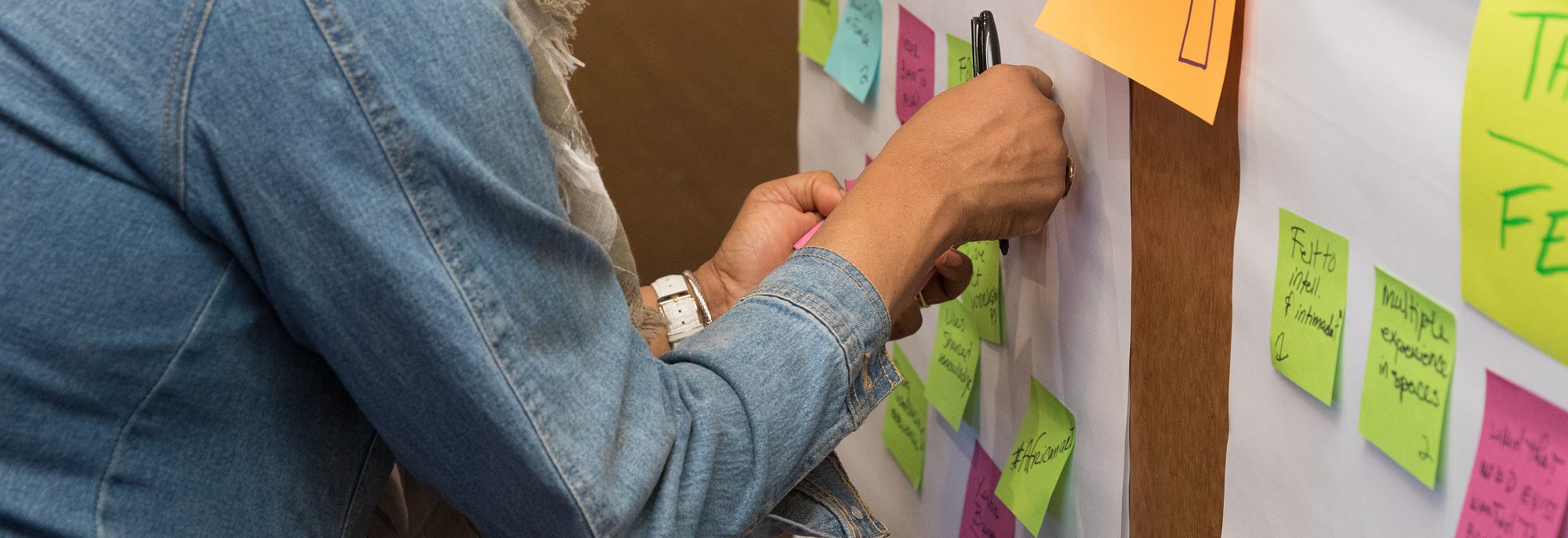Design Thinking_Einstellung Effect
Design Thinking is an interesting phrase. I keep seeing it referenced a lot and yet I wonder if most people using it understand it? I have heard it from successful “designers” who seem to practice the exact opposite of what they keep harping about.
This morning I came across a very well written article Minimizing the Einstellung Effect in Design Thinking: How to Arrive at Innovative Solutions by Diminishing Cognitive Bias by Dana Mitroff Silvers.
The author talks about how, instead of focussing on innovation through design thinking, design teams tend to focus on the “tried and tested”. In an atmosphere of intense competition and cut throat fees, design firms are constantly trying to cut down on the process and focus more on the deliverables. Whether the design solution works for the given design problem or whether the team “fall in love with what is front-of-mind, thereby missing opportunities for fresh, new ideas”, designers need to pause and introspect.
In the race to produce results and roll in the fees, we usually tend to let go of the essence of our role, which is to “design” the solution or the product.
The author’s five point approach to mitigating the Einstellung Effect are based on the following.
_Start with a diverse team
_Don’t try to innovate when you’re tired
_Take breaks from the problem
_Use “How Might We” statements
_Say “Yes, and” to the Einstellung Effect
While these may seem obvious to some, most design teams work in a contrarian fashion. Regimental work spaces coupled with never ending deadlines have crushed the spirit of many a designers. Bosses or team leaders talking about creating an inclusive, liberal design culture in the studio yet running the show in the exact opposite manner sincerely need to relook at their priorities.
If one wants to scale up, one needs to let go of the Einstellung Effect even in “business thinking”. Having money and having wealth isn’t the same thing. As a business leader, one has to understand this to create a successful design organisation.
This morning I came across a very well written article Minimizing the Einstellung Effect in Design Thinking: How to Arrive at Innovative Solutions by Diminishing Cognitive Bias by Dana Mitroff Silvers.
The author talks about how, instead of focussing on innovation through design thinking, design teams tend to focus on the “tried and tested”. In an atmosphere of intense competition and cut throat fees, design firms are constantly trying to cut down on the process and focus more on the deliverables. Whether the design solution works for the given design problem or whether the team “fall in love with what is front-of-mind, thereby missing opportunities for fresh, new ideas”, designers need to pause and introspect.
In the race to produce results and roll in the fees, we usually tend to let go of the essence of our role, which is to “design” the solution or the product.
The author’s five point approach to mitigating the Einstellung Effect are based on the following.
_Start with a diverse team
_Don’t try to innovate when you’re tired
_Take breaks from the problem
_Use “How Might We” statements
_Say “Yes, and” to the Einstellung Effect
While these may seem obvious to some, most design teams work in a contrarian fashion. Regimental work spaces coupled with never ending deadlines have crushed the spirit of many a designers. Bosses or team leaders talking about creating an inclusive, liberal design culture in the studio yet running the show in the exact opposite manner sincerely need to relook at their priorities.
If one wants to scale up, one needs to let go of the Einstellung Effect even in “business thinking”. Having money and having wealth isn’t the same thing. As a business leader, one has to understand this to create a successful design organisation.

Comments